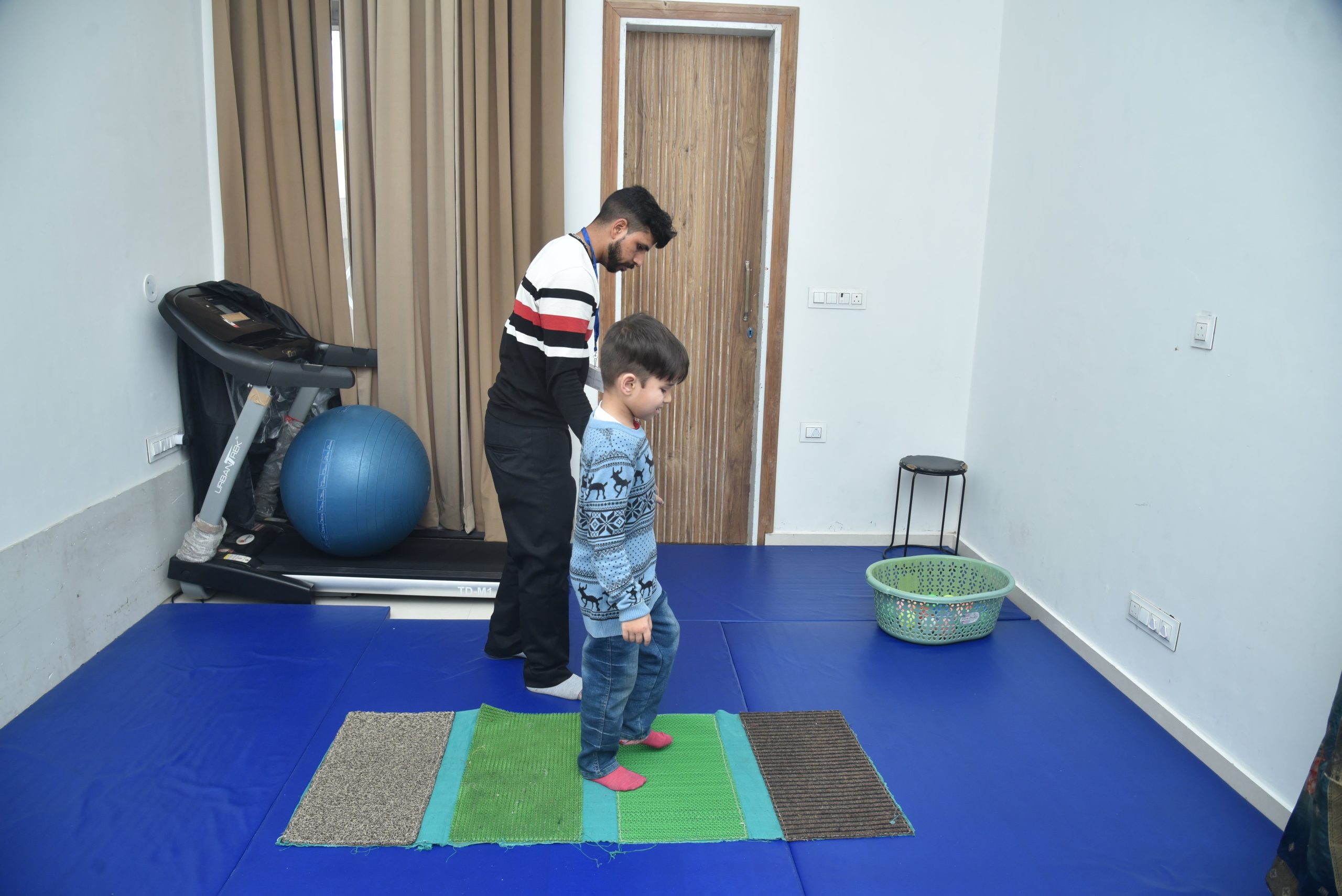Our Services
Sensory Therapy
Children with Autism have many sensory processing difficulties. The goal of sensory integration is to teach kids how to make use all five of their senses—tactility, smell, taste, sight, and hearing. This therapy is supposed to help with demanding or repetitive behavior.


What is Sensory Therapy
The process by which the brain interprets and reacts to information received from our senses is called sensory integration, sometimes referred to as sensory processing. That is to say, this refers to how our bodies function in space and how we interpret and integrate what we see, taste, smell, touch, or hear.
The three systems that are primarily impacted by sensory abnormalities are as follows:
Texture: We experience a wide range of “touch” sensations, including pressure, temperature, and pain, thanks to the way our tactile system interprets data from the skin’s receptors.
Proprioceptive: Our proprioceptive system uses information from our muscles and joints, which tell our brains where we are in space, to help us become aware of our own bodies.
Vestibular: Our vestibular system uses a complex network of inner ear organs to process our movement and balance.
The following are a few of the abilities that Sensory therapy may target:
- .Using sensory and motor exercises and tools (such as swinging and massage) as part of a remedial intervention.
- Adjustments and accommodations like using a rough sponge in the shower or putting on headphones or earplugs to block out noise.
- A daily meal plan that incorporates physical activities, tangible objects (like stress balls or other distraction tools), and personalized, supporting sensory methods (such aromatherapy, quiet spaces, and weighted blankets) is part of sensory diet programs.
- White noise machines, artwork, and other design/furniture elements are examples of environmental alterations that reduce sensory stimulation.
- Training on the effects of sensory functions on performance and strategies to reduce their detrimental effects on function for all parties involved, including administrators, family members, and caregivers